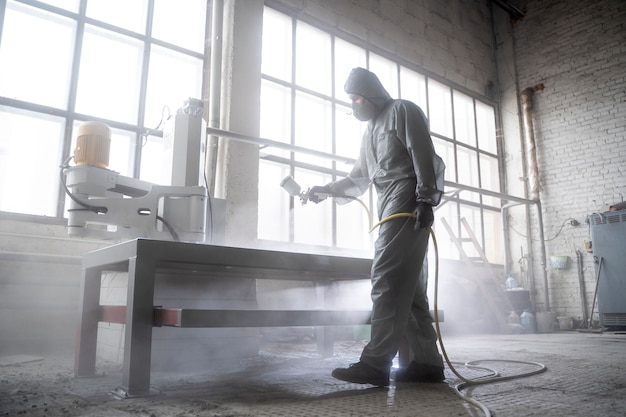
Expert Smoke Damage Restoration in Lexington
Smoke damage can have devastating effects on property and health, making professional restoration services essential. In Lexington, where residential and commercial properties alike may face such challenges, understanding the complexities of smoke damage restoration is crucial. This article delves into the intricacies of effective smoke damage restoration and provides insights into the processes and considerations involved.
Understanding Smoke Damage
Types of Smoke Residue
Different types of smoke can cause varying levels of damage and require specific cleaning techniques. The main types include:
- Wet Smoke: Results from low-heat, smoldering fires, producing sticky, pungent residues that are challenging to clean.
- Dry Smoke: Produced by high-temperature fires, it is easier to clean but can cause severe damage to surfaces.
- Protein Smoke: Common in kitchen fires, leaving behind a strong odor and invisible residue that can damage paint and varnishes.
- Fuel Oil Soot: Results from furnace puff backs, leaving a thick, oily residue.
Find additional information here on the different types of smoke damage.
The Smoke Damage Restoration Process
Assessment and Inspection
The first step in smoke damage restoration involves a thorough assessment to determine the extent of the damage. Trained professionals inspect the property to identify affected areas and materials, which aids in creating an effective restoration plan.
Cleaning and Deodorizing
Cleaning involves the removal of all traces of soot and smoke residues. This may include:
- Using specialized equipment and cleaning agents to remove stubborn residues.
- Deodorizing to eliminate lingering odors, often using ozone treatments or thermal fogging.
Learn more in this detailed guide about effective cleaning and deodorizing techniques.
Restoration and Repair
Once cleaning is complete, the next phase is restoring the property to its pre-damage state. This can involve:
- Repairing or replacing damaged structures such as drywall and flooring.
- Repainting and redecorating affected areas.
- Restoring or replacing personal belongings and furnishings.
Explore further insights here into the restoration and repair processes.
Why Professional Restoration is Essential
Attempting to clean smoke damage without professional help can lead to incomplete restoration and potential health risks. Trained professionals ensure:
- Complete removal of smoke residues and odors, preventing future issues like mold growth.
- Proper handling of hazardous materials, ensuring safety for occupants.
- Efficient and effective restoration processes that save time and reduce costs in the long run.
Read more about this topic to understand the significance of hiring professionals for smoke damage restoration.
Preventive Measures and Safety Tips
Fire Safety Practices
Reducing the risk of smoke damage begins with fire prevention. Some key practices include:
- Installing smoke detectors in every room and checking them regularly.
- Keeping fire extinguishers handy and knowing how to use them.
- Maintaining heating equipment and chimneys to prevent soot buildup.
Regular Maintenance and Inspections
Regular property maintenance can prevent small issues from escalating into major damage. This involves:
- Routine checks of electrical systems to prevent short circuits.
- Ensuring proper ventilation to avoid moisture buildup and mold growth.
Learn more in this detailed guide about preventive measures and safety tips.